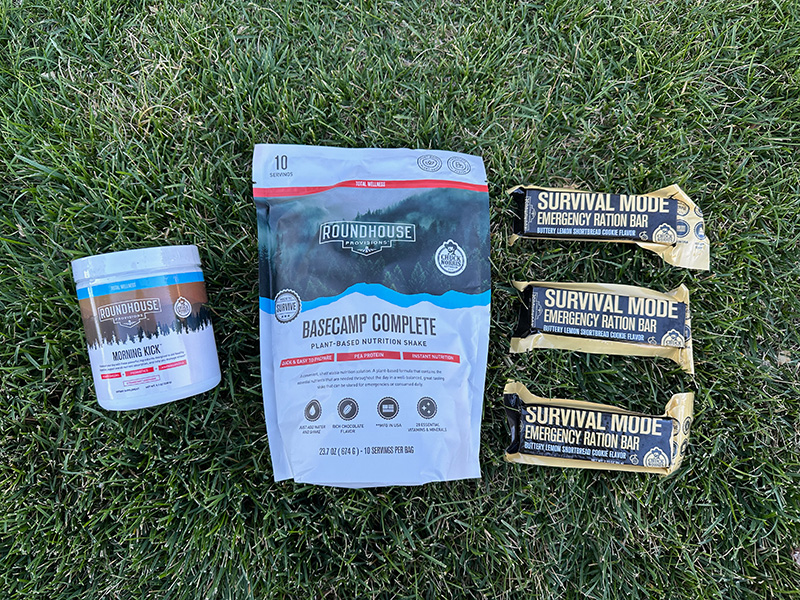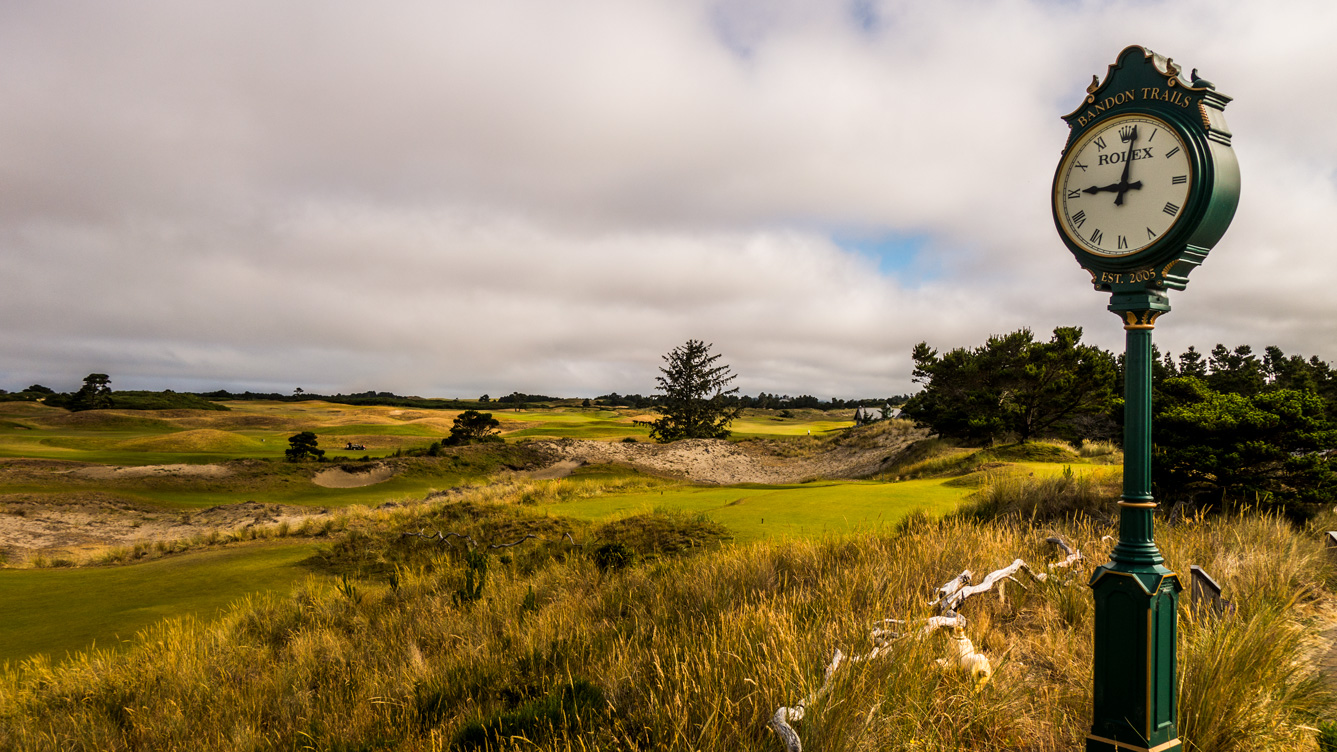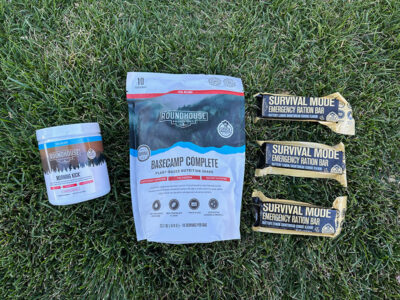A fly on the wall at a serious club meeting
Get ready for what is probably the longest blog post I’ve ever done.
I had a fascinating experience last night. I was allowed to sit in on local country club’s (Hidden Valley) meeting, considering future actions to be taken with the course. Hidden Valley is a gem of a course. I’ve posted many pictures and articles about my rounds there. The views down the tree lined fairways are spectacular and the course condition is always top notch. The course has been voted #1 course in Utah twice in the last 5 years.
The club is considering two renovations:
1. A redesign if 26 of the 27 holes, the 27th having already been redone last year.
2. Updating it’s irrigation to current technology.
The club membership in attendance was presented the proposed renovations in three segments: Club redesign, irrigation, finance.
Club redesign
Though I’m not an “official” member of this club I’m there all the time. I’ve probably played the course over 1000 times. I’ve certainly seen every square inch of this course. I know all the nuances of every hole. I know the greens. I know just how much you can cut off of every dog leg. I’ve gotten to know this course extremely well and I’ve grown to adore it’s 50 year old, traditional tree lined design.
Enter Matthew Dye
The club hired course designer Matt Dye to redo the 18th hole last year as a bit of a test. Matt is the nephew of the legendary course designer Pete Dye. The 18th hole pre-Dye was a tough par-5 uphill. One problem on the hole was that the landing area was very slanted and drives would be stopped in their tracks, providing a blind uphill 2nd shot with an uphill lie. The 2nd and more important problem was that the green ran away from the uphill approach shot. Shots which hit even the front of the green ended up running off the back.
Matt’s redesign of the fairway was nice. He flattened the landing area out and placed some fairway bunkers on each side. I can get more distance now and the 2nd shot is easier. Where I had absolutely no chance of reaching this uphill par-5 in two before, I’ve now reached it several times.
Dye added a ton of bunkers on the hole, too many for my taste. Some strategically placed fairway bunkers do frame in the hole nicely, but Dye went bunker crazy short left of the green. There are so many bunkers there I need an abacus to count them. This bunker concept doesn’t match anything on the rest of the course and doesn’t really cut the mustard with me.
The green Matt designed and installed #18 is a disappointment to me. First it doesn’t match any of the other greens on the course. Unlike any of the other 26 holes, this green is huge and has some crazy quadrants and tiers on it. This green is now more of a circus ride or something you’d see in a miniature golf course.
My conclusion on Matt’s attempt at redesigning that one hole is that I’m disappointed. The landing area was improved, yes, but the zillions of bunkers short left of the green and the psychotic putting surface were a hack job in my book.
Apparently someone at this club disagrees with my hack job opinion because they hired Dye to analyze a complete redesign on the rest of the course. During segment one of the club meeting Dye proposed his changes to every hole with a slick powerpoint presentation and very nice color brochures.
As Dye went hole by hole with his opinions on how to “improve” this great course I started to realize something. He didn’t KNOW this course.
Memo to golf course designers: You should know a course well before you can make educated design decisions. Perhaps even playing the course once may help.
Several of Dye’s proposed mods struck me funny. Some holes have blind shots, so what? Dye apparently doesn’t like blind shots. Dye also likes to put bunkers 100 yards out in the middle of the fairway on 220 yard par-3’s. The purpose? Aesthetics and an “aiming point.” Um, OK I was going to aim at…..well, the GREEN on that par-3.
When Dye got to #3 he told the membership that he planned a huge waste bunker on the right side next to the “ditch which isn’t a factor on that hole.” #3 has a drainage ditch marked as a lateral hazard, which runs the entire length of the hole. This ditch which Dye says isn’t a factor I’ve been IN no less than 50 times. This ditch which isn’t a factor makes me gag on the tee and either pull the crap out of my drive to stay away from it, or slice the hell out of hit and go way right of it. To say that ditch wasn’t a factor was completely wrong.
After listening to Dye’s assessment of #3 and the ditch, a lady who I came to really respect in this meeting posed a question to Dye: “Have you played this hole?” A few members in the audience laughed and grumbled saying “yeah, I’m in that damn ditch all the time.” Dye’s answer? “No.”
At that point I just about lost all respect for Dye. He’s proposing redesign of a hole he hasn’t even PLAYED? No way!
75% of what Dye proposed from that point on seemed unwarranted to me. He would say his changes would make this hole and that hole “more beautiful.” Well if you’ve ever played this course there isn’t one hole out of the entire 27 you couldn’t stand in the middle of it, look around and say “woa, this is beautiful.”
Yup, this hole needs some help. It’s sure ugly.
At that particular point my favorite lady spoke up again. “Excuse me, but why do we need to do anything to this beautiful course at all?” My thoughts exactly. The answer was “Well our course is 50 years old.” Hell St. Andrews is centuries old and it’s still a great course.
It was at that point that someone mumbled the name of another local club under their breath. I then realized that some of these changes may not have been with the course’s or the member’s best interest in mind. These were simply “keeping up with the Joneses” type changes. The funny thing is that the course they’re apparently trying to keep up with hasn’t even been on the radar as one of the best courses in the state, let alone being voted #1 twice in the last 5 years.
I’ve got news for you. Just because the club down the street redesigned their course doesn’t mean you need to fix what isn’t broken to keep up with them.
Dye DID have some good ideas. Mainly the ideas I agreed with were cart path related. First I’m not a big cart path lover. One of my favorite courses has literally NO paths and you can’t even tell. Dye did have several paths which were in dumb places moved to more out of sight spots. I do like the fact that he wants the paths to be less visible and less in the field of play.
Irrigation
Irrigation was a much shorter and more dry segment to this club meeting. The current irrigation system is functional and the course is generally in great condition. A new irrigation system would help them control how much water goes to each head on a daily basis, preventing overly dry or overly wet spots. More efficient pumps would save on electrical costs.
Most the members seemed a little less combative with regards to irrigation and the proposal. You need to water a golf course I suppose.
Finance
I can’t go into numbers out of respect for the club and my friends there. But I can say that the proposed changes in design and irrigation weren’t for the muni type budget. In fact I know of an entire local course that was bought for 40% of the costs HV is considering just for this project.
How do new clubhouses, new irrigation systems, course redesigns and the like get paid for at a country club? By the members of course. Typically members are “assessed” a fee for improvements like this. Members are simply presented with a bill and some options on how to pay it. Members of clubs also pay monthly dues, a portion of which may go into an improvement or asset fund as well.
The downside of assessments
The problem with assessments is that they may be too much money for some members to afford and/or some members simply don’t want to pay them. These members then decide to sell their memberships rather than pay. This hurts the value of the club’s memberships because typically the new member has to pay the assessments. So the membership price would typically be reduced from current market value to an amount equal to the CMV minus the assessments. This makes the club look bad because their memberships aren’t selling at as high of a price as they’d like and they lose members. A few years down the road the value of the memberships will usually go back up.
My guess
My guess is that the membership will likely approve the irrigation portion of the proposed improvements. If the older, more traditional and perhaps less wealthy crowd has the majority I suspect Matt Dye won’t have a gig here. If the “keeping up with the Joneses” crowd wins, the course will be changed and many unhappy members will leave.














Ugh. Why?
I suspect in 50 years or so, when most of us are long gone, the trend will be to redsign courses like the one you describe and bring them back to what they are changing them from now. Improvements yes, changes??? I think so many courses have over done it.
I really enjoyed the post!
Tom Gov